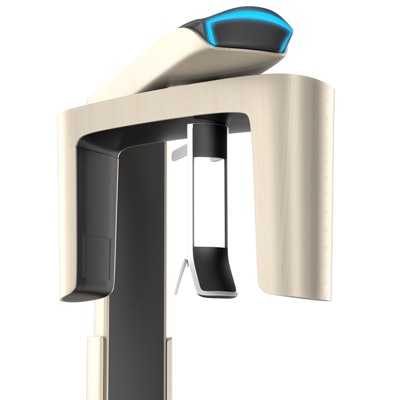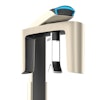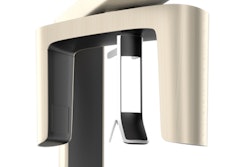
When patients move or squirm during cone-beam CT (CBCT) scans, motion artifacts can appear on the image, reducing image quality and making treatment planning difficult. A new study looked at which patient characteristics contributed to causing motion artifacts.
Older adult patients were more likely to have these artifacts on their images when compared with younger patients, according to the study published online in BMC Oral Health (April 4, 2017). Interestingly, the study also found that motion artifacts were most frequently observed in images with shorter scanning times.
"The elimination of patient movement is important for obtaining sufficient image quality," wrote Elif Yıldızer Keriş, DDS, PhD, the author of the study and a dentomaxillofacial radiologist in the department of radiology at the Çanakkale Dentistry Hospital in Kepez, Çanakkale, Turkey.
Image quality
Dental practices use CBCT because it produces 3D images with a high resolution of bony structures and at a relatively low dose of radiation compared with other imaging modalities. However, if a patient moves more than 0.5 mm during scanning, a motion artifact can be produced on an image.
“The elimination of patient movement is important for obtaining sufficient image quality.”
These motion artifacts decrease image quality, which may require rescanning, along with an extra dose of radiation for the patient. So avoiding patient motion means less radiation exposure for the patient and increases image quality.
The study included a total of 100 patients (61 women) with an age range of 18 to 75 years who were referred for a CBCT scan at a dental hospital in Turkey. A Planmeca ProMax 3D s system was used, with all patients standing during the imaging procedure.
Overall, motion artifacts were seen in 6% of CBCT images. The researcher found a statistically significant difference between the presence of these artifacts and patient age, with the mean age of almost 57 years for the patients with motion artifacts on their images compared with just older than 39 years for patients without these artifacts. Male patients were also more likely to produce motion artifacts than female patients (7.7% compared with 4.9%).
However, when comparing motion artifacts, anxiety scores, and the reason for having a scan, the researcher found no significant differences in anxiety scores or diagnostic reasons for CBCT examination between patients with scans that showed motion artifacts and patients with scans that did not.
Older adult issues
As patients older than 60 are more likely to move because of involuntary muscle movements that occur, practitioners need to take this into consideration when treating these patients, according to the author.
For study limitations, he noted the small sample size and that only a small dental hospital was used for data collection.
However, the "study showed that motion artifacts are most frequently observed in images with shorter scanning times," Dr. Yıldızer Keriş wrote.



















